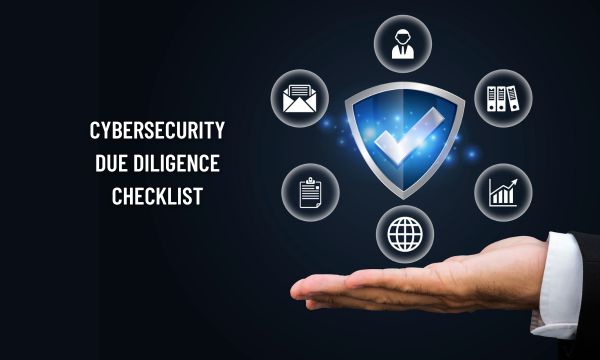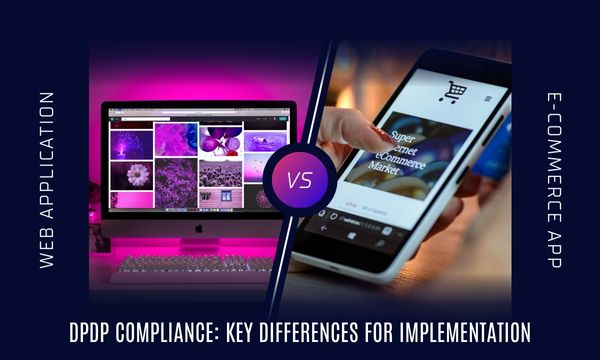
In today's digitally driven world, cybersecurity due diligence has become a cornerstone for organizations seeking to safeguard their assets and mitigate risks effectively. Whether you're gearing up for an M&A transaction or simply aiming to enhance your cybersecurity posture, thorough preparation is key. To help you navigate this critical process, we've compiled a comprehensive checklist of essential steps to ensure your organization is ready to undergo cybersecurity due diligence with confidence.
1. Define Objectives and Scope:
* Clearly outline the goals and scope of your cybersecurity due diligence efforts.
* Identify the key stakeholders and departments involved in the process.
2. Assemble a Multidisciplinary Team:
* Form a team comprising IT professionals, cybersecurity experts, legal advisors, and senior management representatives.
* Ensure diverse perspectives and expertise are represented to facilitate comprehensive assessment.
3. Allocate Resources and Establish Timeline:
* Allocate sufficient resources, including personnel, tools, and budget, to support the due diligence process.
* Develop a timeline that aligns with organizational priorities and the complexity of the assessment.
4. Conduct Pre-Due Diligence Preparation:
* Conduct a risk assessment to understand the organization's current cybersecurity posture and potential vulnerabilities.
* Review existing cybersecurity policies, procedures, and controls to identify areas for improvement.
5. Review Documentation and Compliance:
* Gather and review documentation related to cybersecurity policies, procedures, and compliance efforts.
* Assess compliance with relevant regulations, standards, and industry best practices.
6. Assess Technical Infrastructure:
* Conduct a thorough assessment of the organization's technical infrastructure, including networks, systems, and applications.
* Evaluate the effectiveness of security controls such as firewalls, antivirus software, and intrusion detection systems.
7. Evaluate Incident Response and Business Continuity Plans:
* Review incident response, business continuity, and disaster recovery plans to ensure preparedness for cybersecurity incidents.
* Assess the organization's ability to detect, respond to, and recover from cyber threats effectively.
8. Review Vendor Management and Third-Party Risk:
* Evaluate the organization's vendor management program and assess the cybersecurity posture of third-party vendors.
* Identify any dependencies on third-party services and assess associated risks.
9. Enhance Employee Training and Awareness:
* Provide comprehensive cybersecurity training to employees to raise awareness of common threats and best practices.
* Empower employees to recognize and report potential security incidents promptly.
10. Strengthen Governance and Oversight:
* Ensure senior management and the board of directors are actively engaged in cybersecurity decision-making and oversight.
* Establish clear lines of accountability and responsibility for cybersecurity within the organization.
11. Develop Post-Due Diligence Action Plan:
* Compile findings from the cybersecurity due diligence process and prioritize action items based on identified risks.
* Develop a comprehensive action plan to address vulnerabilities, enhance security controls, and improve overall cybersecurity posture.
Bonus Tip: Foster a Culture of Cybersecurity Awareness:
* Cultivate a culture of cybersecurity awareness throughout the organization by promoting education, training, and open communication.
* Encourage employees to take ownership of cybersecurity by emphasizing their role in protecting sensitive information and recognizing potential security threats.
* Implement regular cybersecurity awareness campaigns, including simulated phishing exercises and interactive training sessions, to keep security top of mind.
* Recognize and reward employees who demonstrate exemplary cybersecurity practices and actively contribute to strengthening the organization's security posture.
Additionally, I would emphasize the importance of ongoing monitoring and adaptation in the post-due diligence phase. Cyber threats are constantly evolving, so organizations must remain vigilant and adaptable. Regularly reassessing cybersecurity measures, staying updated on emerging threats, and adjusting strategies accordingly will help ensure continued resilience against evolving cyber risks.
By following this checklist, your organization can effectively prepare for cybersecurity due diligence, identify potential risks, and take proactive steps to mitigate cybersecurity threats. Remember, cybersecurity due diligence is an ongoing process that requires vigilance, collaboration, and continuous improvement to stay ahead of evolving threats. With thorough preparation and strategic planning, your organization can strengthen its cybersecurity defences and safeguard its future success.



